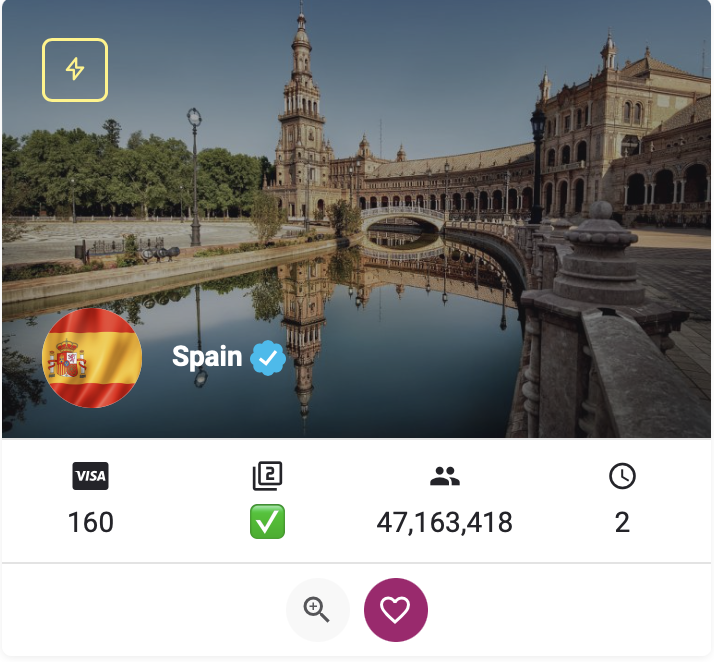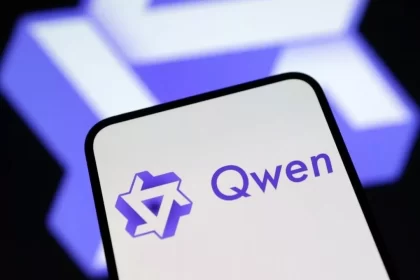The Norwegian 1X startup plans to launch its initial tests of its humanist robot, Neo Gamma, in “several hundred to a few thousand” homes by the end of the year. The news was announced by the company’s CEO Brent Bournick.
“This year Neo Gamma is entering homes,” Bourneick said in an interview with Techcrunch at the Nvidia GTC 2025 conference. We intend to invite people who are interested in new technologies to help us develop this system. Our goal is to live and learn Neo Gamma. “To do this, people need to take the robot to their homes and help us teach it properly.”
In recent months, the excitement of humanist robots for home use has increased dramatically.
Figure, one of the competitors of the 1X company in the Gulf of San Francisco, who has a active presence on social media, announced in February that the home test would begin its robots in year 6. A few weeks later, Bloomberg reported that Figure was negotiating to attract $ 1.5 billion with $ 2 billion. Meanwhile, Openai, who is also one of the 1X investors, is apparently investigating the construction of its humanist robots.
However, the entry of metal robots into homes creates great challenges for this emerging industry; Similar to the challenges that car startups have experienced by placing their robotic taxis in the streets. Any mistake can have serious consequences.
However, Bournick honestly admits that Neo Gamma is still far from mass production and complete autonomy.
Currently, Neo Gamma can walk and maintain its balance using artificial intelligence, but it is not fully capable of performing autonomous movements. To make home tests possible, 1X help remote operators – people who are elsewhere and can view the images and data of neo -gamma sensors live and take control of its organs.
These home tests allow 1x to collect data on neo -gamma performance in real environments. Users who join the program earlier will help create a valuable dataset that the company can use to teach its artificial intelligence models and enhance the capabilities of Neo Gamma.
“Although Openai is one of the company’s investors, 1x teaches its original artificial intelligence models internalized,” Bourneik explains. “The company also teaches artificial intelligence models with its partners, including Openai and Nvidia.”
Of course, collecting data from people’s microphones and cameras and using them to teach artificial intelligence models, many concerns about Privacy It creates. “Users can decide when the company’s employees are allowed to access the Neo Gamma surroundings, whether for monitoring and remote control,” a spokesman said.
The Neo Gamma, introduced in February, is the first double -legged robot that 1X intends to test out of the laboratory environment. Compared to the previous model, Neo Beta, the robot has a more advanced artificial intelligence model and a knit nylon body designed to reduce the likelihood of damage to humans.
During a live show at the GTC conference, 1X showed Neo Gamma’s ability to do some simple tasks in a living room. Part of this was directed by the human operator. However, its performance was not perfect. At one point, the robot began to shake and then crashed into Bourneik’s arms. One of the 1X employee cited this due to the weakness of the WiFi signal in the conference room and the reduction of battery charge.
The details of the 1X home test program are not yet fully specified. The company has not yet disclosed its exact strategy for NEO Gamma, though it has put a list of enrollment enrollment on its website. It is also unclear how this robot will work in homes without the operator. A spokesman for the company said more details will be provided in the future.
Although several hundred or more thousand people may try an initial and human -led version of Neo Gamma this year, it seems that we are still far from the widespread release of autonomous human robots that can be purchased directly from the store.
RCO NEWS













